Daugavgrīva Fortress in Riga. Where Russia first gained access to the sea
My love for castles is irresistible and visiting a country without visiting fortifications is possible only if they are not within 100 – 200 kilometers. However, in the Baltics there are no problems with this, and therefore from Riga we went to Daugavgriva fortress. Thankfully, it is very close by.
This fortress is located on a peninsula in the Gulf of Riga and has a very rich history. Today it is part of one of the districts of the Latvian capital. Let’s walk around the ruins together, and at the same time I will show you photos, tell you about my own impressions and share important information for visiting.
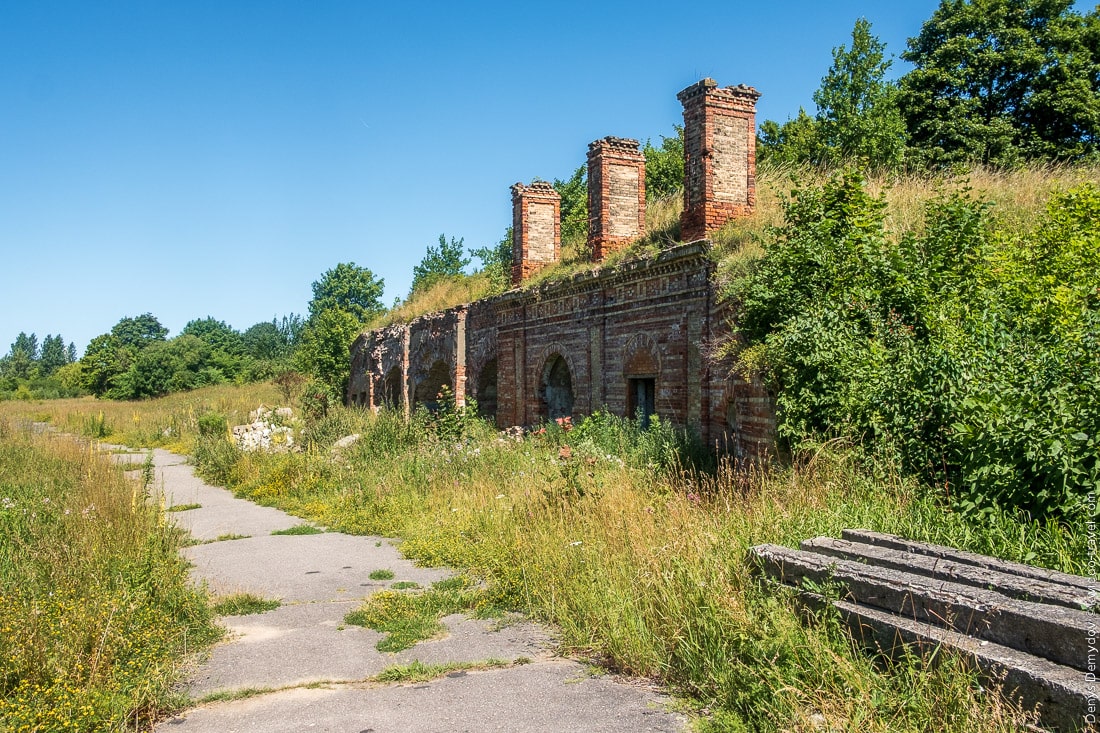
IMPORTANT! There is Dvinska (Dinaburg, Daugavpils) fortress and Ust-Dvinska (Daugavgriva) fortress. These are different locations. This article deals with the latter.
My impressions
At the beginning I was already thinking that I would have to cancel the trip to this fortress. We changed buses from our apartment to the right one, and then rode it for about 20 minutes until I realized that we were going in the opposite direction! My favorite navigator on Maps.me failed me, or I was inattentive myself – who knows.
But, being in a positive mood, we waited for the return bus, which, it should be noted, did not run very often. Still, we waited and went almost to the edge of Riga.
The drive takes an hour as it is about 16 kilometers from the center here by road.
We get off at the stop, start to navigate (now with doubt) to the point we need. In addition to everything – it is a fortress, which is surrounded by moats and water, which means that not everywhere can be entered.
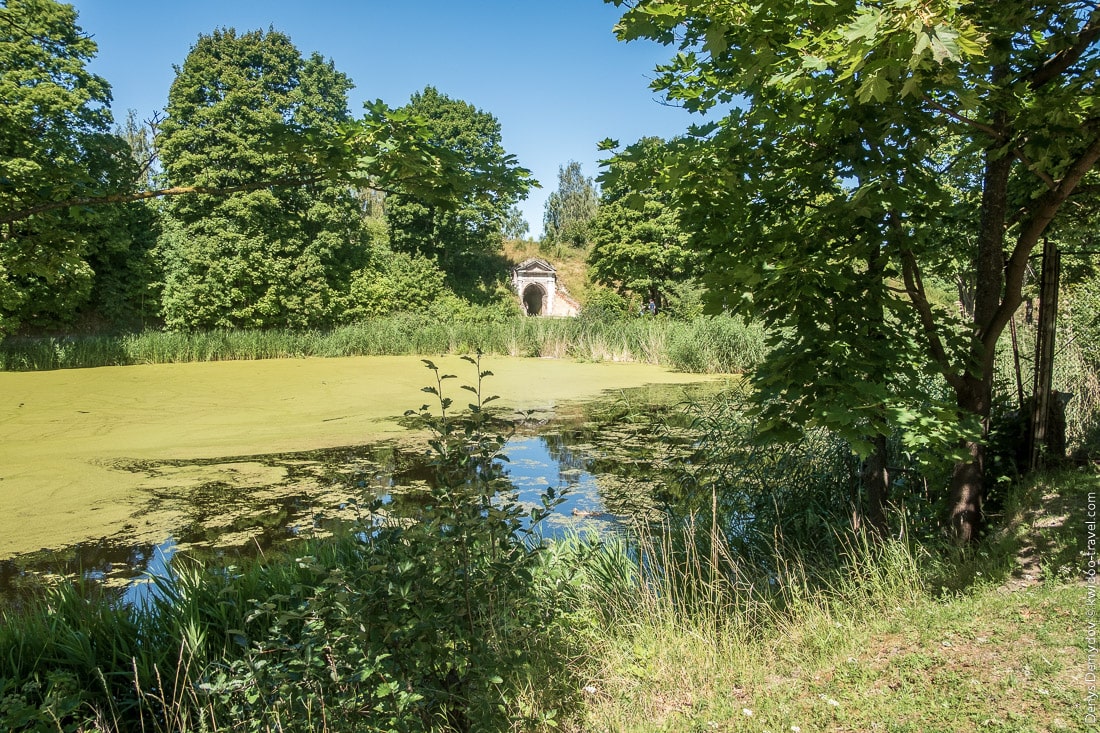
However, after wandering through the thickets where the local “pigs” cozily fill everything with garbage, past some military territory, we saw a gate among the ramparts and realized we were there.
The first association, at least for me, was somehow formed with the Kherson fortress, although it was much younger there and was never used for its intended purpose. But these structures became one of the key structures in the history of the Russian Empire and modern Russia.
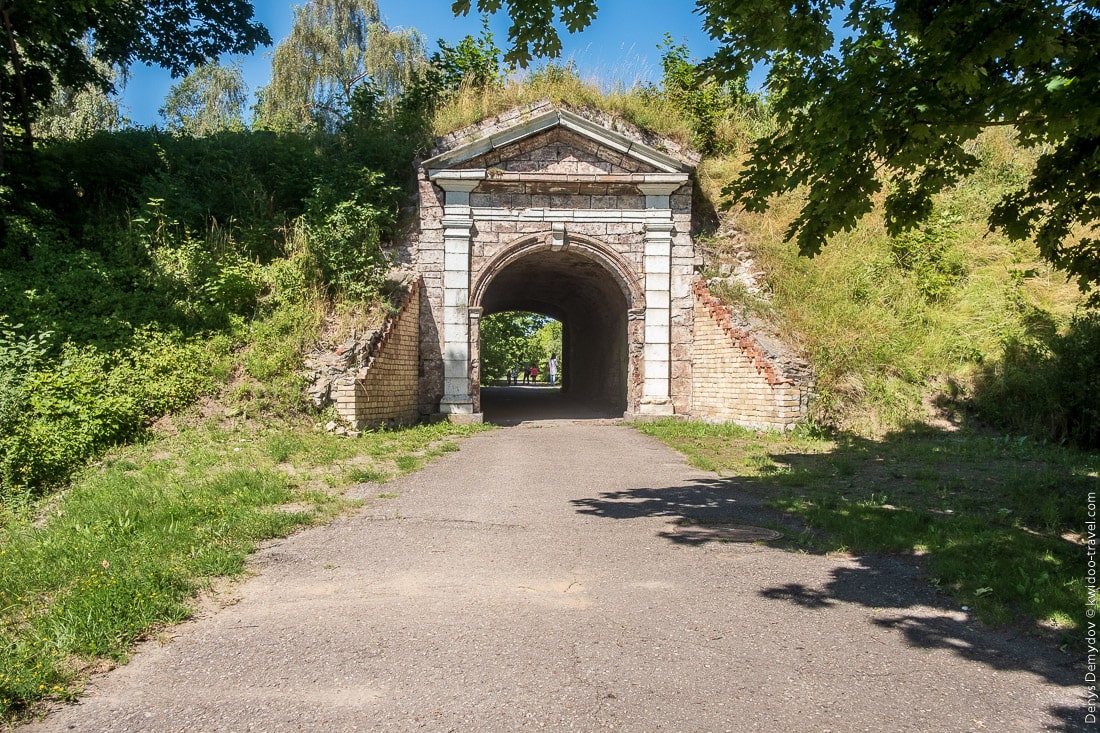
The water in the moats is in full bloom, but that even gives it a certain charm.
Everything inside is overgrown with grass and weeds. The fort is abandoned and no one is going to look after it or restore it. I remembered the 5th fort in Brest. Everything there too was abandoned and neglected in 2014 when I was last there.
The fortifications have been partially preserved to this day, and therefore you can climb them, but you should be careful: some of the boards are rotten, somewhere a brick may fall on your head.
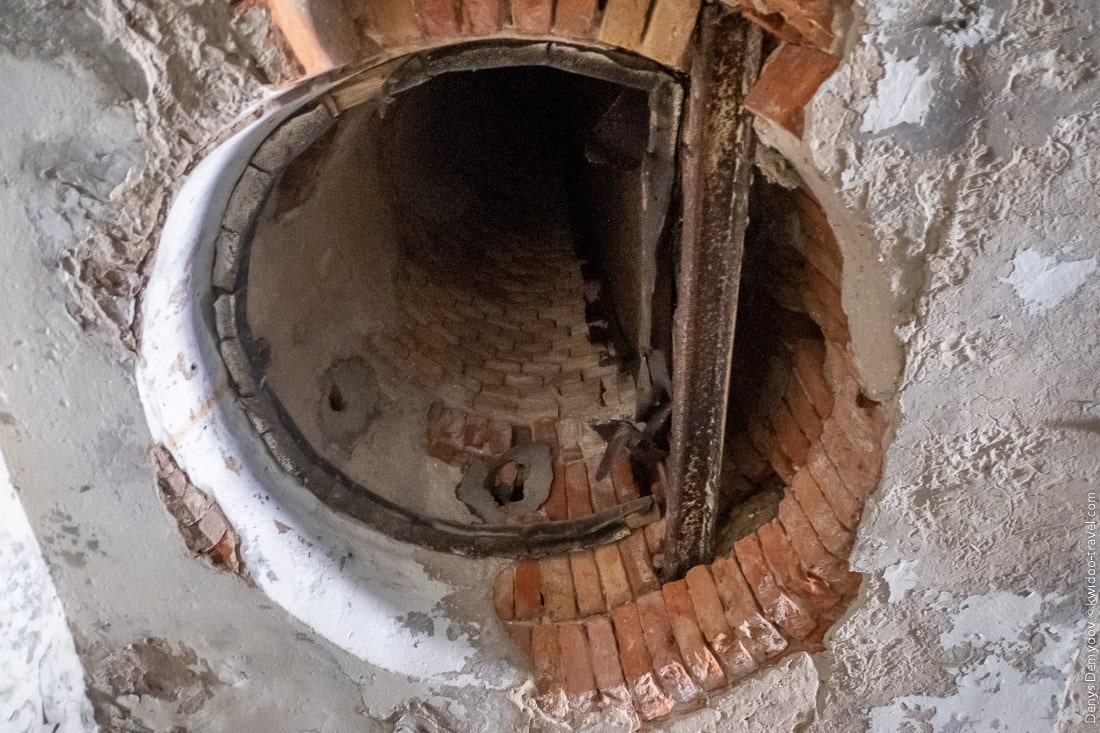
If you look at the bastion from above, using a quadrocopter or like me, budget-satellite images, you can see that it has the shape of a star. Like more than 600 other fortresses around the world of that time in the style characteristic of that time (most of them in Europe with a concentration on the territory of the present-day Ukraine[1]). Although, there are even some movements that look for a worldwide conspiracy and hidden meaning in it. In fact, everything is very simple – this form was caused by the appearance of firearms and the convenience of shelling the approaches to the pentagonal fortress from the bastions than from the round towers [2].
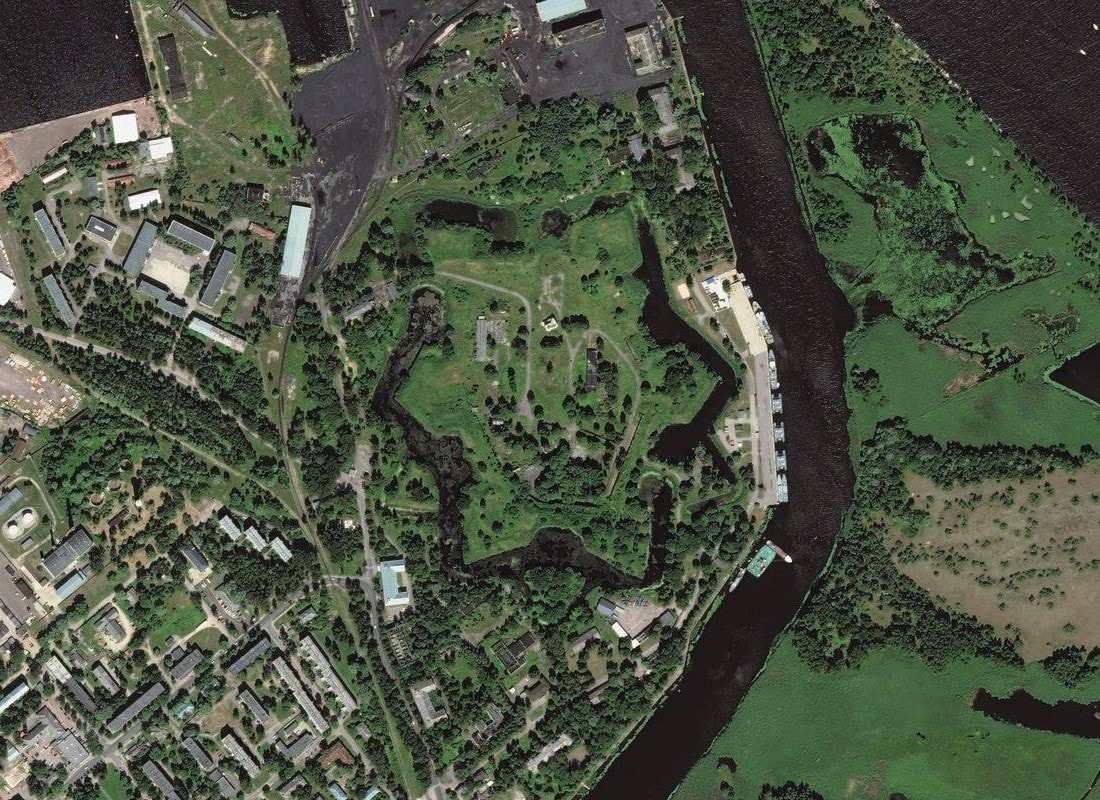
Other famous examples of a fort built in the form of a star are the fort of Baurtange in the Netherlands, the Peter and Paul Fortress in St. Petersburg, which have survived to our time, and those that have already been lost (for example, the Alexander Fortress, now the city of Zaporozhye).
Wandering around here for a long time is not particularly interesting. An hour will be enough to see all the locations from all sides. And it is not possible to approach everywhere – knee-high thickets of grass promise you a meeting with ticks.
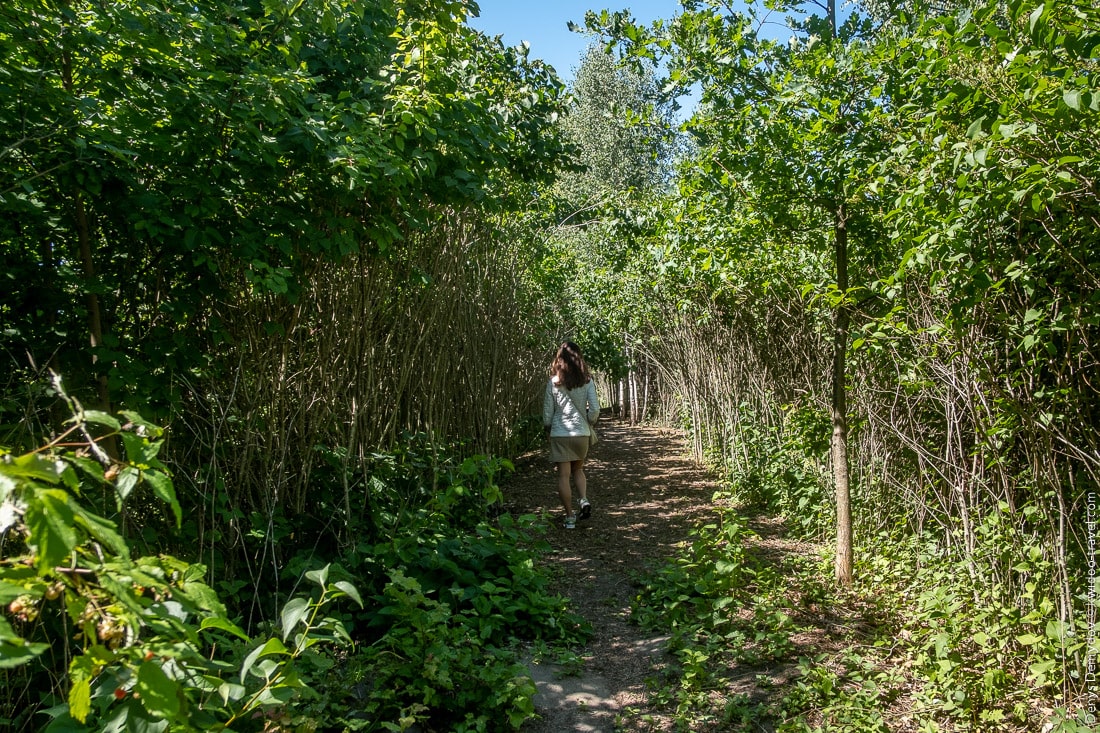
Remnants of rails, which were used to deliver shells and guns, are visible in some places.
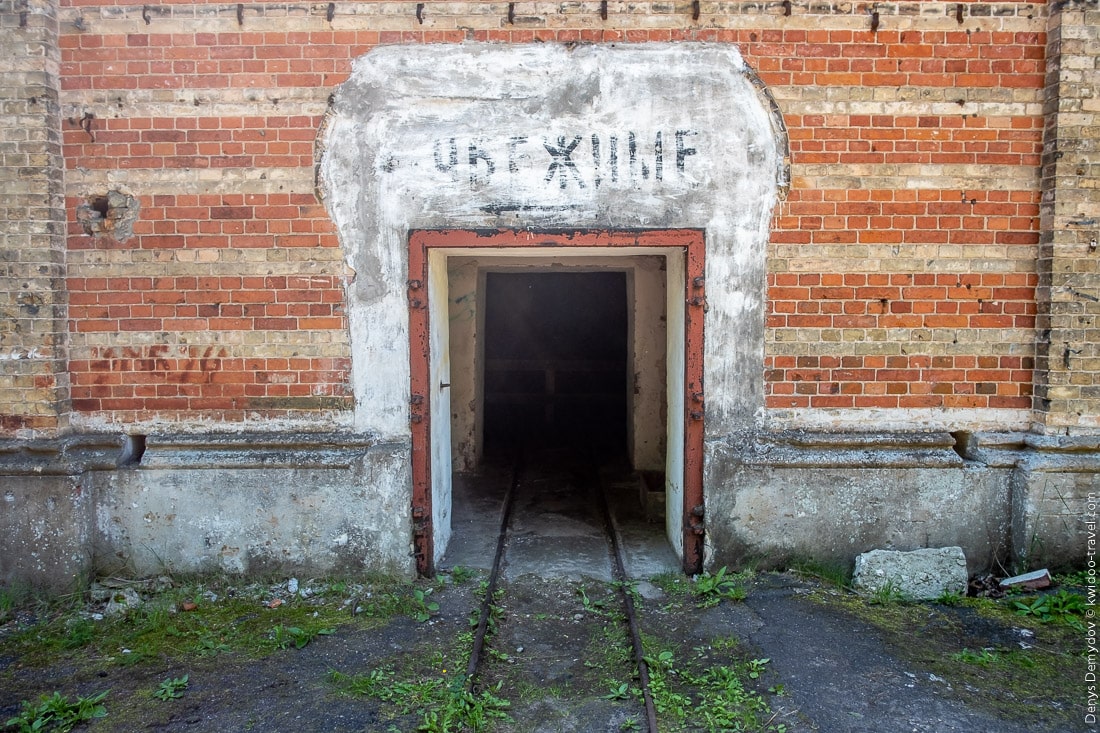
And some of the artifacts are modern and much more creepy. For example, someone brought a chair in here and strung a thread across the ceiling in strange web-like patterns. Who knows what kind of rituals are going on here?
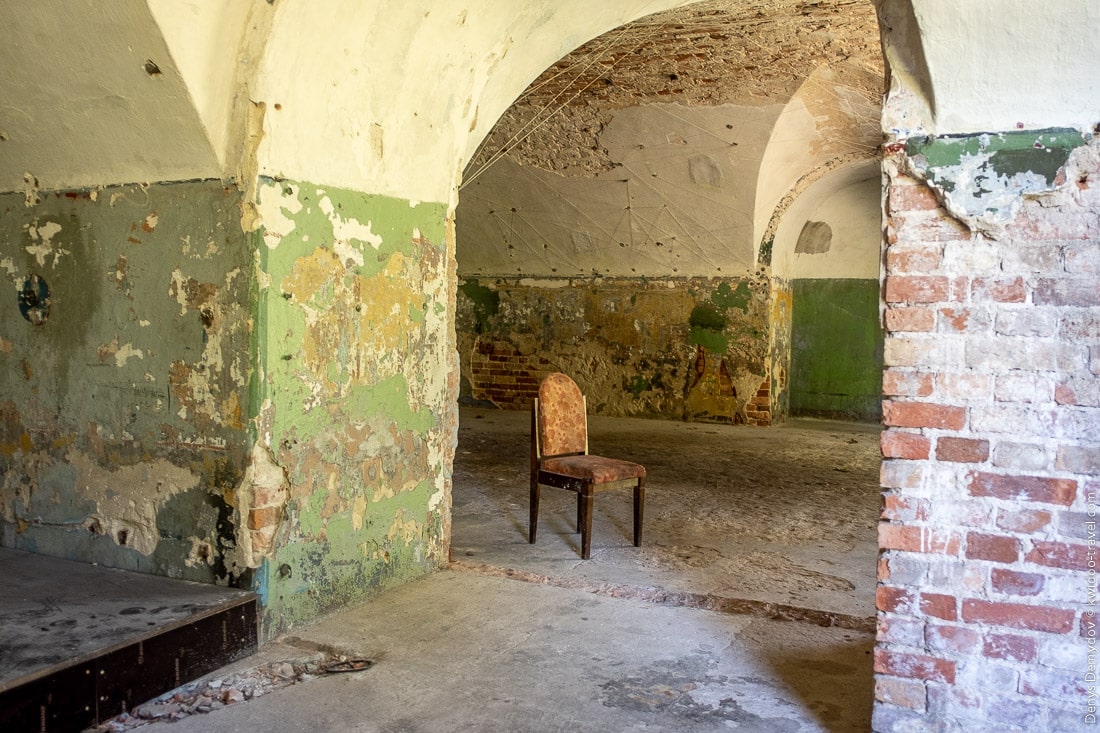
The tower in the center is no less interesting for its history, although it is already difficult to see anything by its exterior.
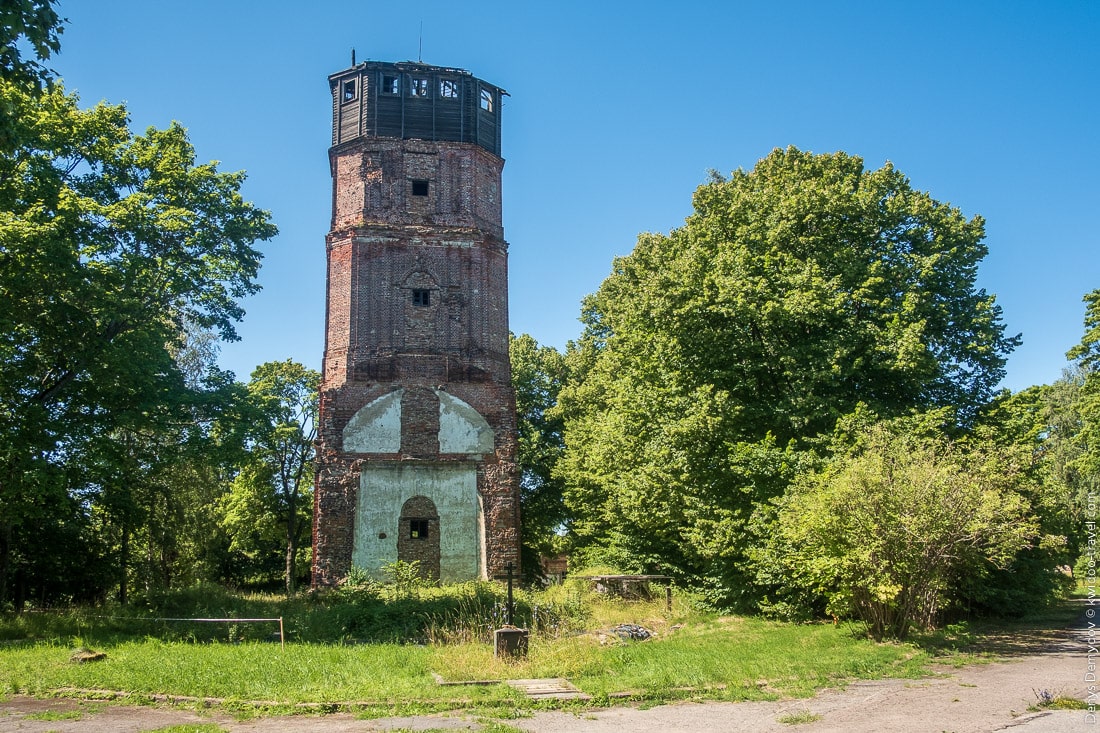
This is the bell tower of the former Orthodox church built here for the soldiers of the Tsar’s army.
An intriguing feature was that the building had an entrance and exit so that soldiers could pray without creating a crowd, which is very important before a battle.
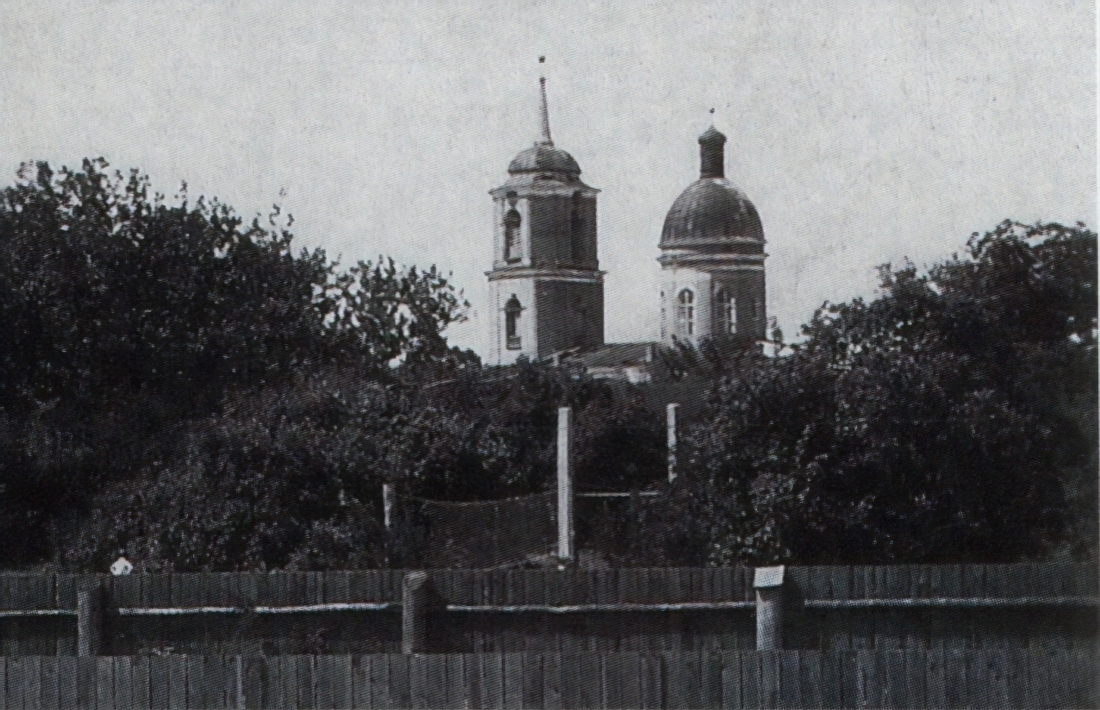
In 1919 it was first damaged and then finally destroyed. The only thing that survived was the bell tower, which was turned into a water tower.
History of the fortress
A description of the history of the fort by the captain of the general staff of the fort, made in 1912, allows us to study well the history of the fort [3].
The first fortress on this place appeared in 1205, as a monastery of the Cistercian brothers. Three years later, it was fortified with a castle inside the fortress and it became Riga’s cover from enemy ships and a base for Germans who were developing the Baltic lands.
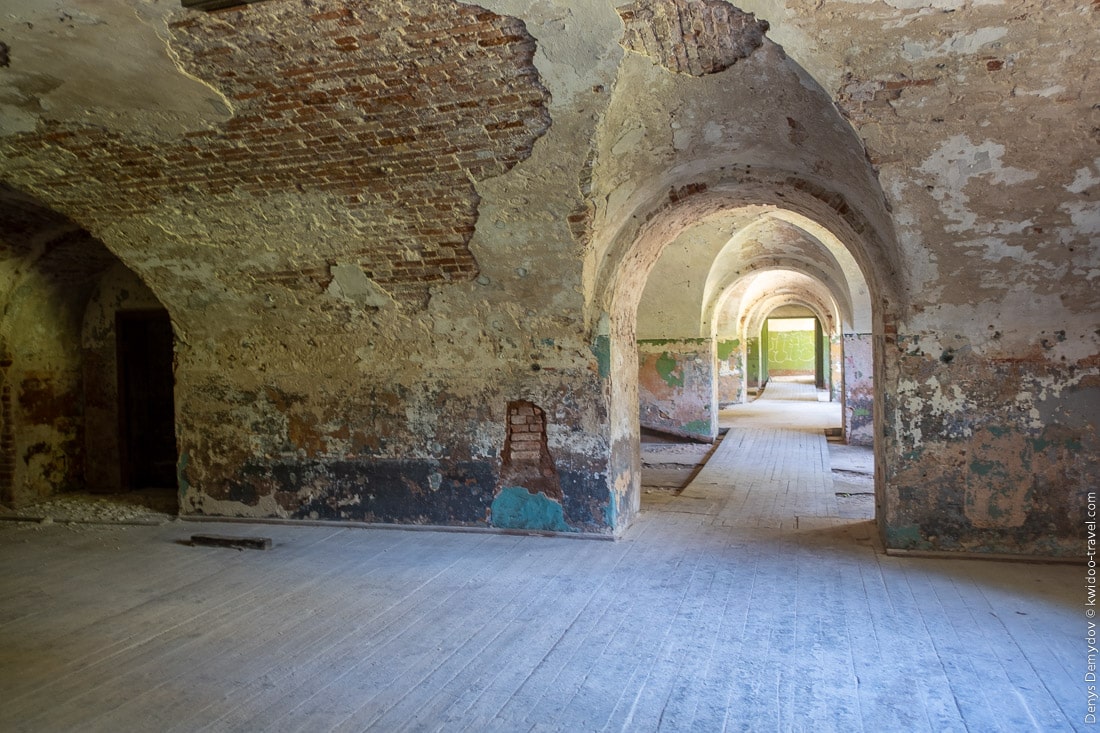
Twenty years later, in 1228, the fortress was completely destroyed for the first time. For the first, but by no means the last time. The castle, then called Dunamünde, was destroyed and rebuilt many more times during confrontations between the knights, the archbishop and the townspeople.
For example, in 1297, on May 2, the inhabitants of Riga partially destroyed the knights, partially expelled them from the city, and their castle was destroyed and burned. Wanting revenge, the Order decides to take the city under siege and block the main delivery route for food and goods – the Western Dvina River. So they buy back the rebuilt castle, which is located on a strategically important place.
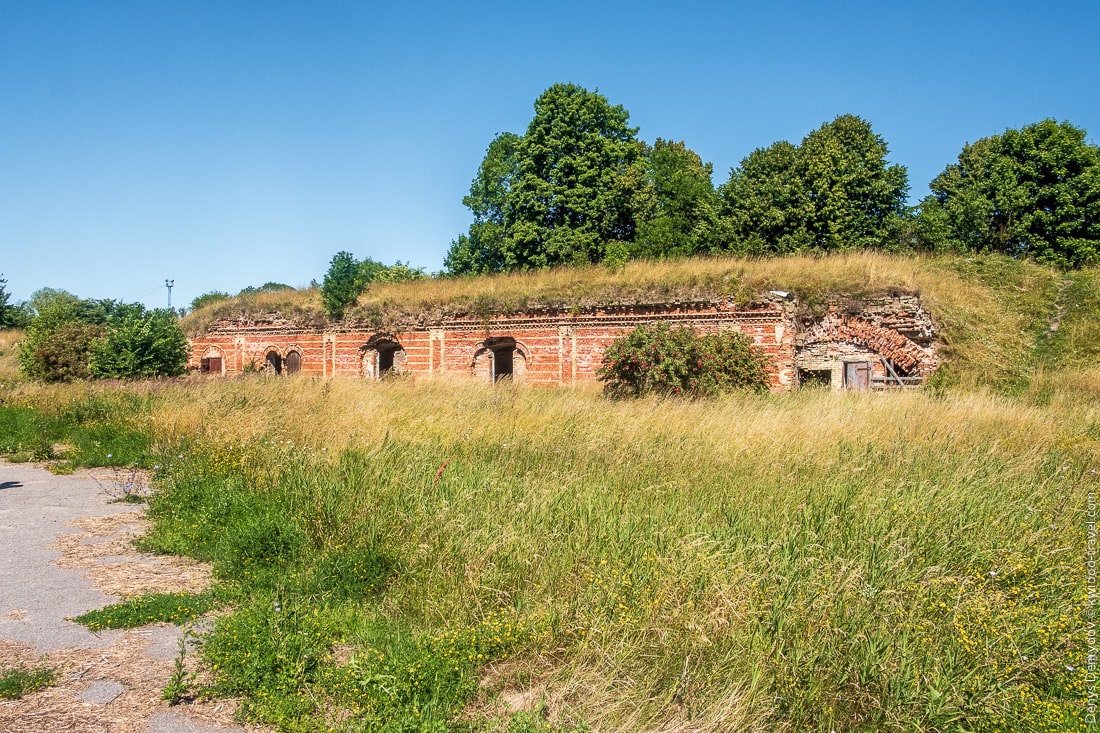
Despite the efforts of the inhabitants of Riga to dislodge the knights from the castle and regain control over the river mouth, the Order gained a serious foothold in it and managed to capture the structure only in 1329. But almost immediately the Grandmaster of the Teutonic Order regained the right to the castle, entering into an alliance with the Lithuanians, who at that time were ravaging the neighboring lands.
In 1435 the Archbishop of Riga recognized the Order’s right to the castle, for which he received 20,000 marks, but in 1481 the struggle between the Livonian Order and the inhabitants of Riga resumed and the castle became a tool of pressure: merchant ships were forbidden to enter the river mouth and the inhabitants began a blockade of the castle, which ended in 1483 with its capture and complete destruction. This was a serious mistake, as the stronghold was lost and in 1491 it led to the recognition of the power of the Order. After another 6 years, the knights rebuild the castle here, reinforcing it with towers and a water moat, as well as rondels, which were rebuilt into bastions in 1550.

As a result of the Knights’ Order ceasing to exist, these lands were quickly taken over by Poland. The former Master of the Order was appointed governor of the Duchy of Courland and Livonia, where his residence was set up in the fortress of Dinamund.
In 1582, the Polish king Stefan Batory visited here and having estimated the importance of its strategic value ordered to increase the bastions, deepen the moats and improve its readiness for defense.
In 1608 the castle was occupied by the Swedes. At about the same time the old riverbed began to shallow, and the one to the south, which now exists, became deeper and more navigable. At the same time a quadrangular Sternshanets was erected in the corner, which closed the river bed, thus making it possible to dominate navigation on two rivers at once: the Western Dvina and the Aa-Kurland. This is how the foundation of the present fortress was laid, despite the fact that by the end of the year the Swedes had already left the castle, and a year later the fortress returned to the Poles. It was named Neimünde.
In 1617, the Swedish fleet captures the fortresses, then defeated a month later, but held there not long and by early fall defeated by the inhabitants of Riga.
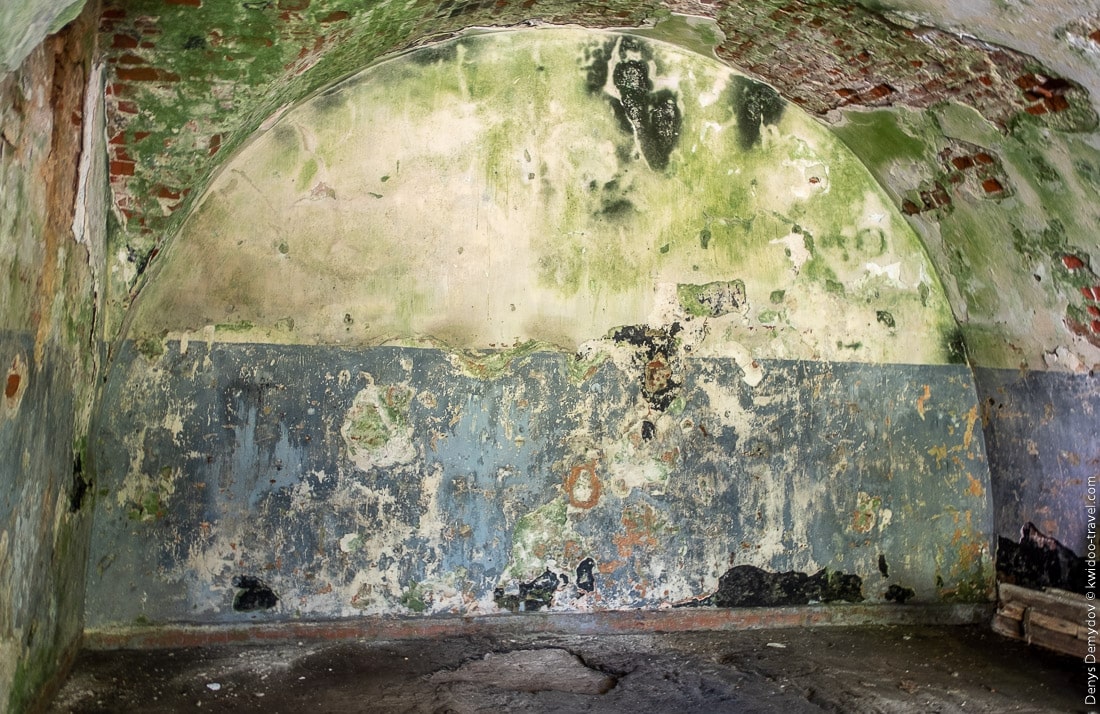
In 1621 the Swedish naval landing under the command of Herman Wrangel occupies the castles and Riga. And when, as a result of the armistice, Riga and the castle were finally given to them. The old castle lost its significance and the new one (Neimünde) already gets its name. It was rebuilt into a 6-bastion fortress, which it is now. Thus, we can say that the castle got its present appearance in 1670 – 1680.
Soon Peter 1 decided to achieve access to the sea, for which he directed his plans towards the Baltic States. After the defeat of the Swedes at Poltava, Count Sheremetyev’s troops moved on Riga, the blockade of which lasted 9 months.
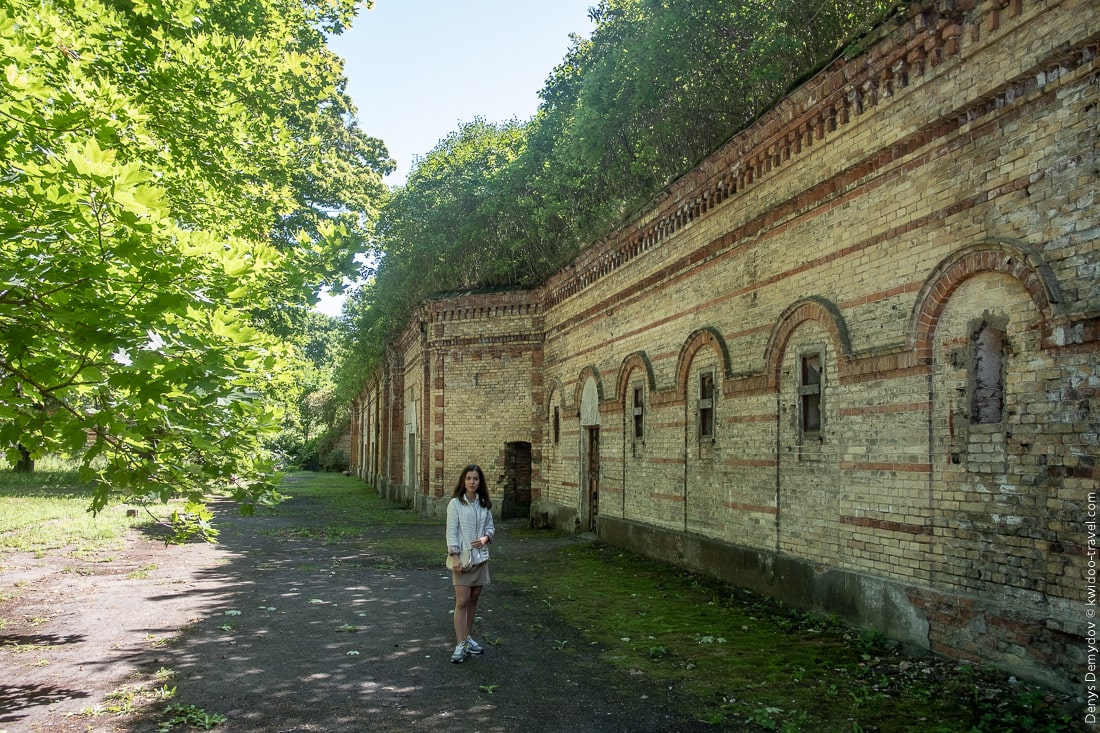
Even before the fall of Riga, the troops of the Russian Empire took over Dinamünde. They built a redoubt on the Dvina River, cutting off the fort’s connection with Riga, and another one cut off the connection with Sweden. Famine and plague broke out in the fortress and the fortress decided to surrender. According to the results of negotiations, the garrison capitulated, leaving the fortress with weapons, banners and music. From that moment, the Russian Empire gained access to the sea and in this very place.
The fortress was also of strategic importance in the Russian Empire. It was often visited by the highest dignitaries: Peter 1, Peter the Great, Alexander 2, Nicholas 2, Princes Nicholas Alexandrovich and Vladimir Alexandrovich.
Thus, the fortress was the key to the possession of Riga and a chance for Russia to reach the sea.
In the early 20th century, the fortress changed hands: Russian troops, Latvians, Germans, Bolsheviks, Latvians again…. German Kaiser Wilhelm II even came here for a visit.
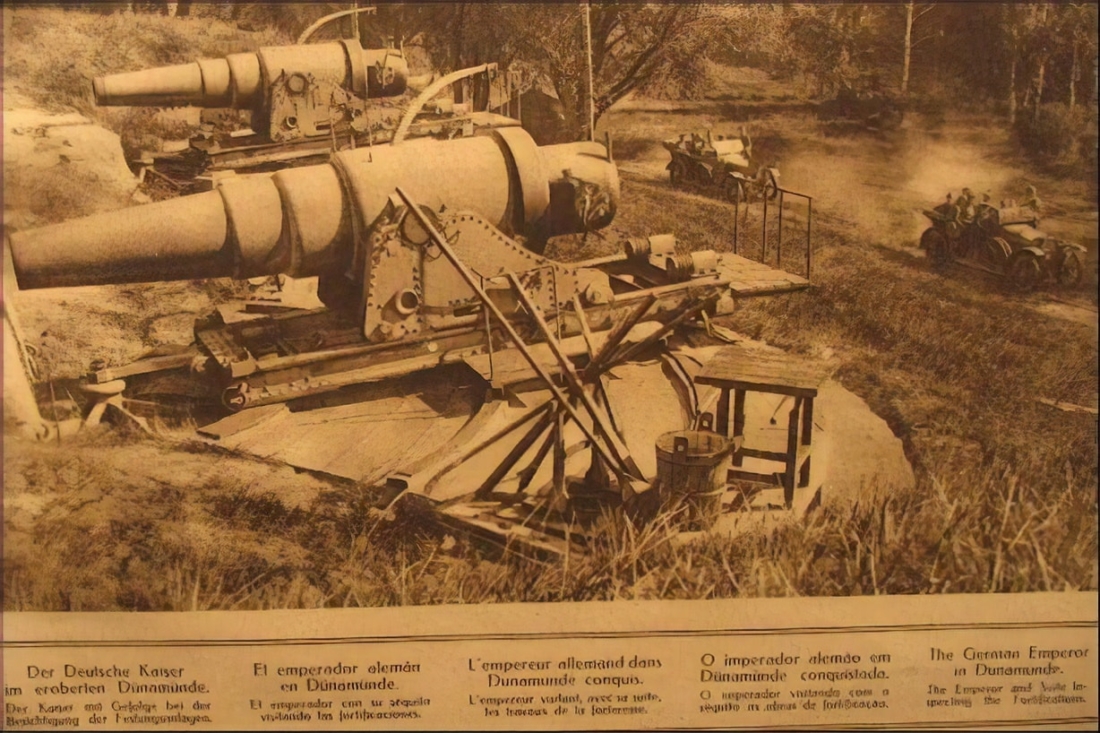
Only in the fall of 1919 the situation “settled down” and the fort was given to the Republic of Latvia, being renamed into Daugavgrīva fortress. The Latvian army set up a base for its units here, and the church was turned into a water tower.
After the coming of Soviet power, the fort continued to play an important role, becoming a military base for minesweepers and submarines, and in 1993 it was given to the Latvian armed forces. By that time it was no longer of any importance and in 1995 the complex was given the status of an architectural monument of state importance. However, plans to turn it into a tourist destination failed, supposedly due to an unscrupulous company that leased the territory [4].
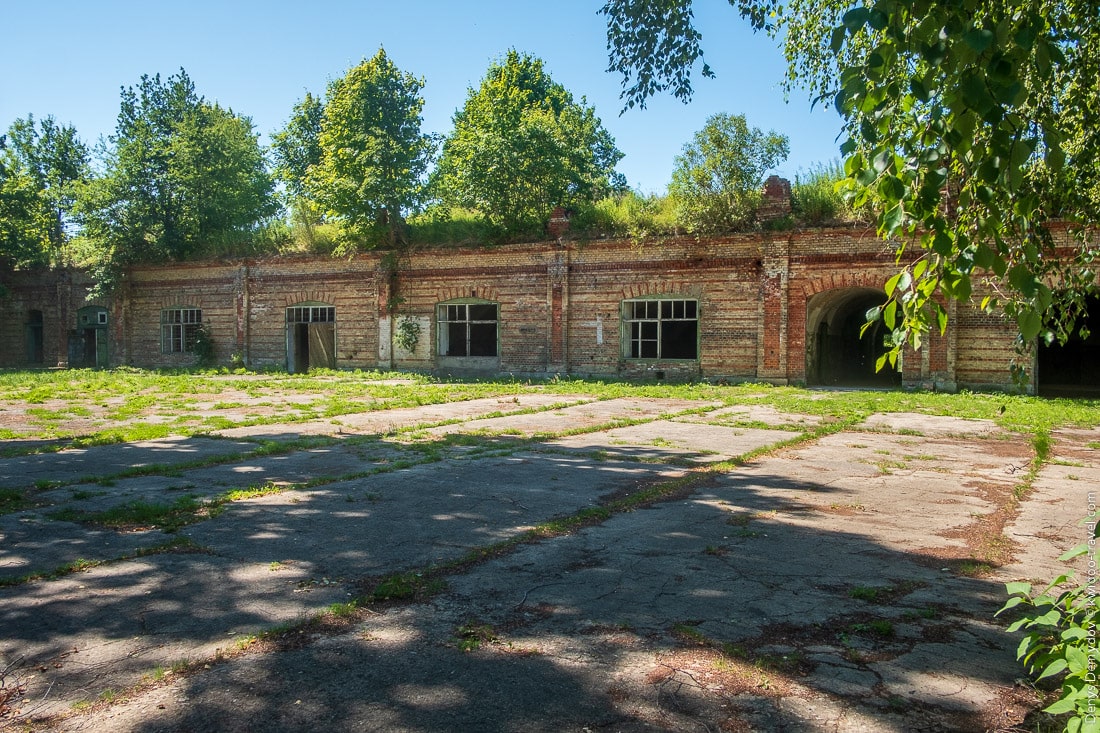
Tourist information
How to get there
The fortress is located on the outskirts of the city, at Birzes iela 2, Kurzemes rajons, Riga, LV-1016, Latvia. The entrance coordinates are 57.044325, 24.041288.
You can get there by car, cab, bicycle or public transportation.
If you want to take the bus, then take bus number 3, 30, 36, 56, 246 or 346 and go to the Daugavgrīvas cietoksnis stop. Then navigate or walk with everyone, tourists often come here.
Work schedule
As of 2019, you can enter the fortress freely, at any time. The gates that were there in 2008 are now gone. However, when walking around at night, you should be careful and watch out for signs prohibiting you from entering the military base.
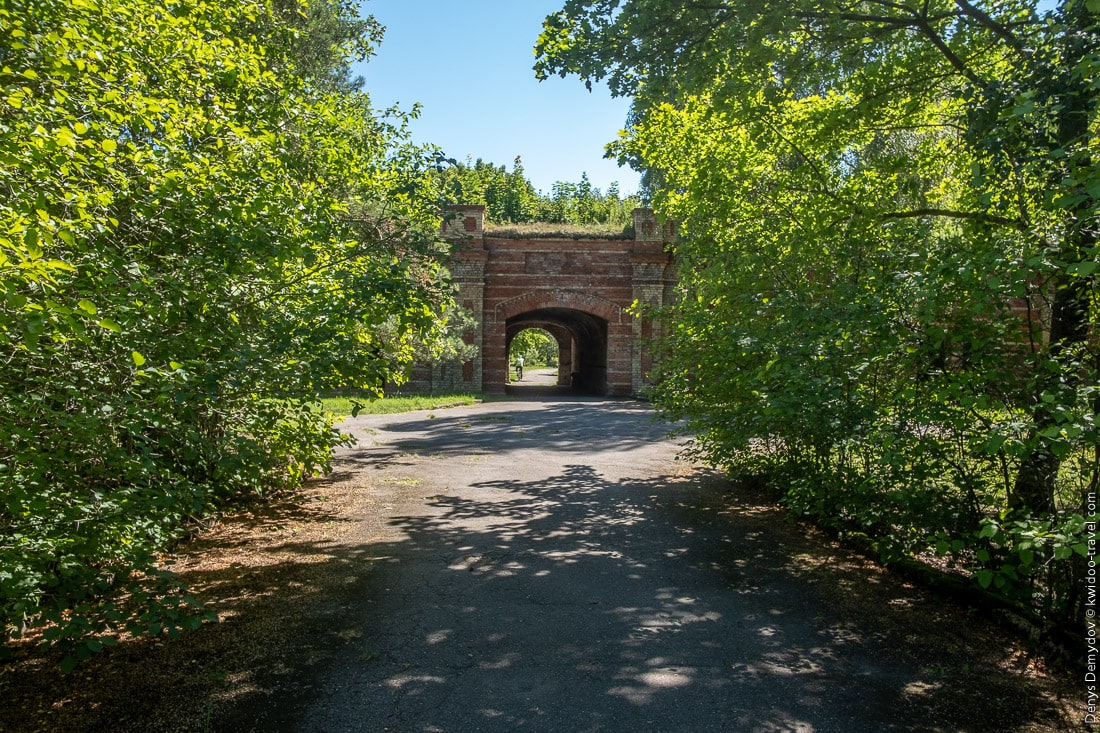
- https://cutt.ly/FeMc2sb[↩]
- Муратова С. Р. Влияние западноевропейских традиций военного зодчества на развитие инженерных идей и форм фортификации на Урале и в Западной Сибири в XVIII в. / Светлана Раиловна Муратова. // Вестник Томского государственного университета. – 2018. – №429. – С. 168–174.[↩]
- Жамов В. Е. “Усть-Двинск” – краткий исторический очерк с 12 чертежами / В. Е. Жамов. – Рига: Издание штаба крепости, 1912.[↩]
- И. Дименштейн Неприступная твердыня. DELFI. URL: https://rus.delfi.lv/archive/nepristupnaya-tverdynya.d?id=11988014 (дата обращения: 27.11.2019) [↩]

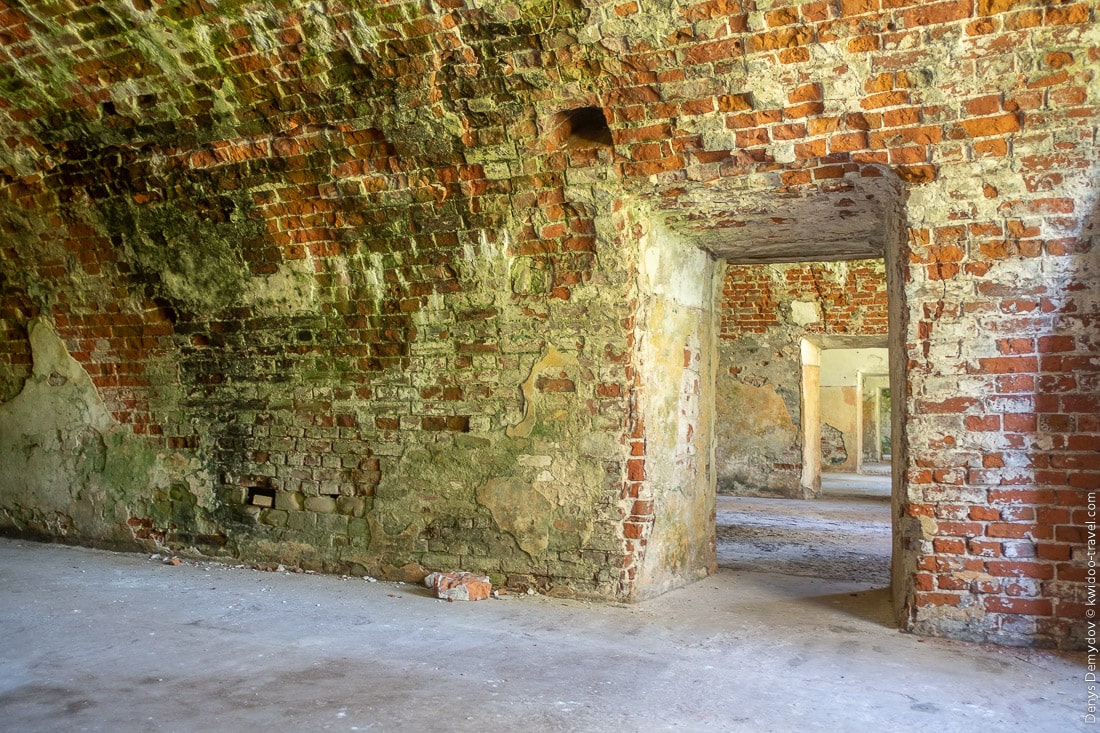

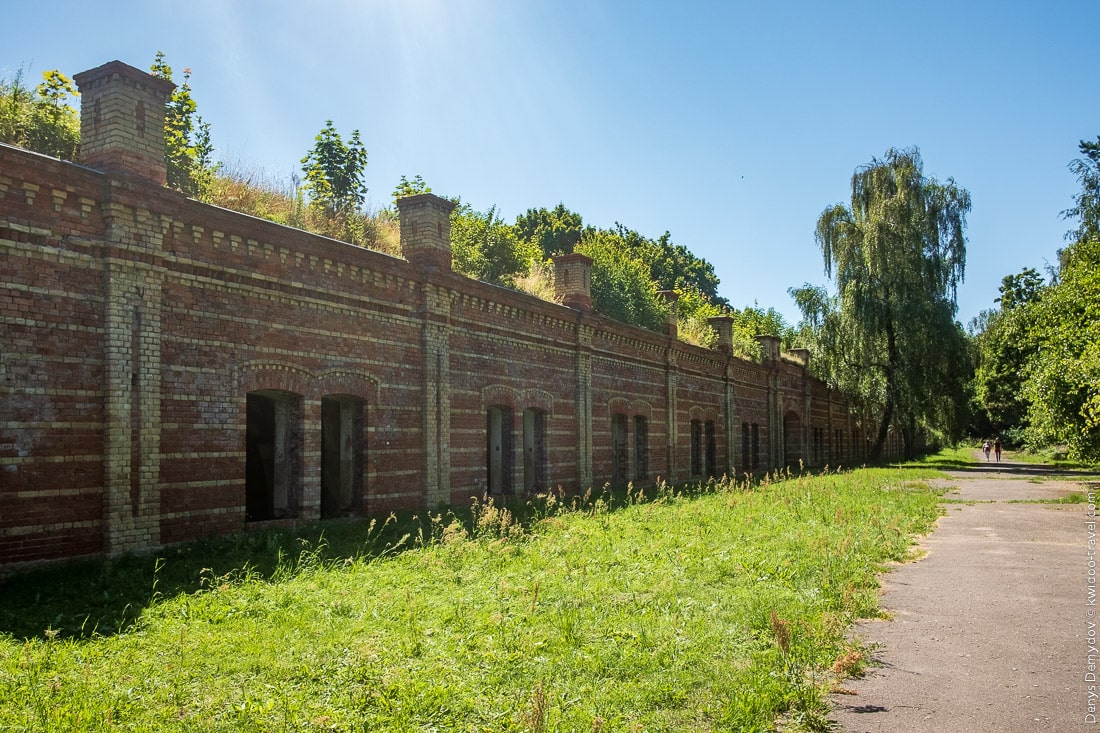
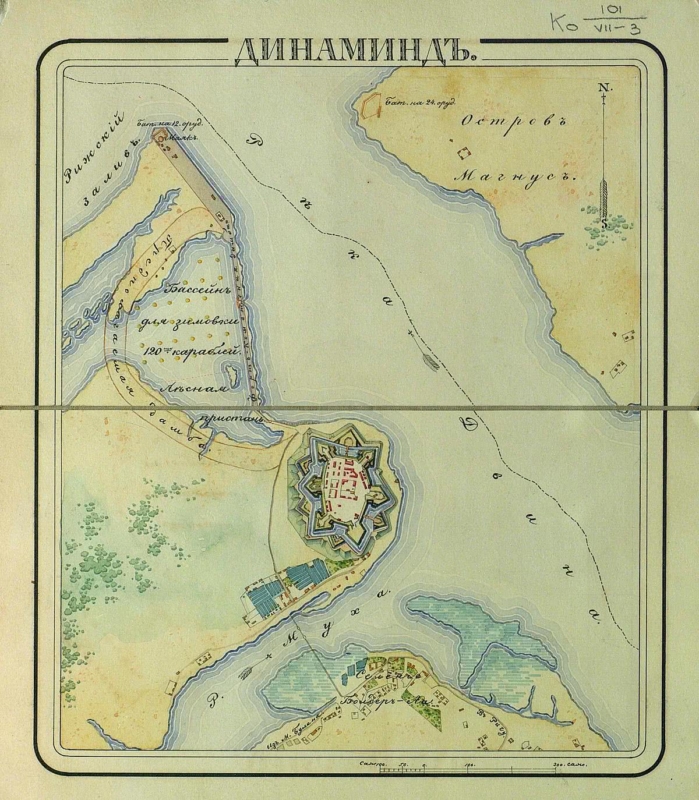



Leave a Reply
Want to join the discussion?Feel free to contribute!